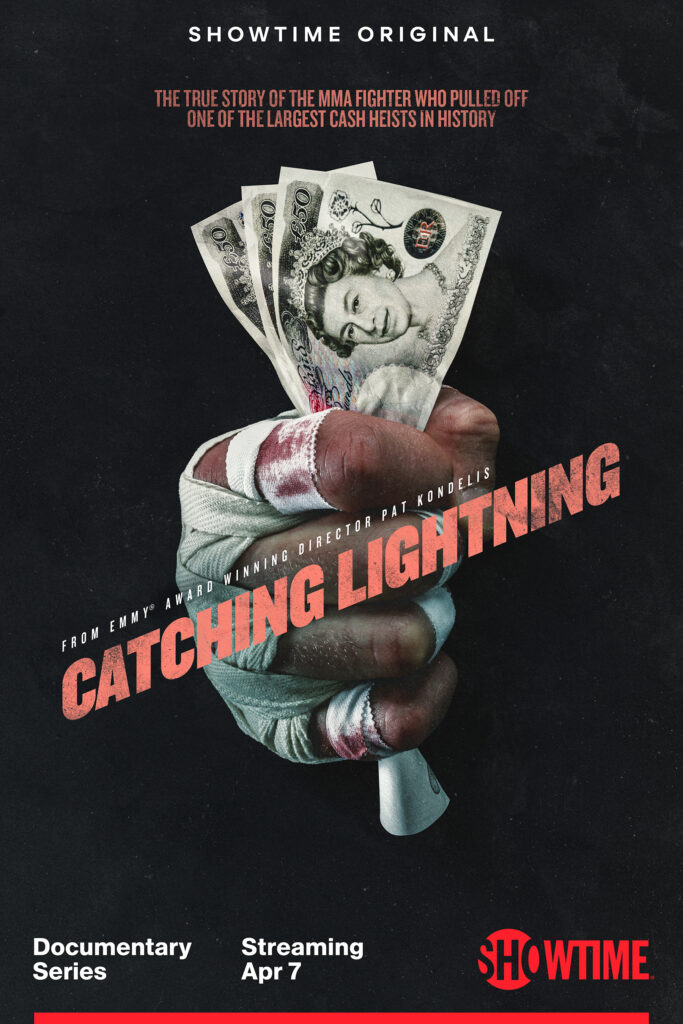Actors consider it bad luck to say his name, but a Scottish Member of Parliament hopes that a new tourist trail dedicated to Macbeth will bubble, not trouble, the fortunes of Scotland’s tourist industry. “Apart from boosting tourism, I would also hope the Macbeth trail would put some facts behind the myths about Macbeth,” said Alex Johnstone, who represents Northeast Scotland. And with this latest initiative, any plans dedicated to the rehabilitation of a villainous British monarch through tourism shall henceforth be known as The Richard III Effect, after the notorious Duke of York, who was slain at Bosworth while calling for his horse and recently discovered buried ignominiously beneath a Leicester car park. The proposed trail is expected to include sites such as Lumphanan, the village in Aberdeenshire where Macbeth was killed in battle in 1057, and Cairn O’Mount where he took his supporters en route to his defeat. Famous sites such as Glamis in Angus, where Macbeth died in Shakespeare’s play – written around 550 years after the king’s death - are also likely to be included. Other sites include Spynie Castle in Pitgaveny – where the battle between Duncan and Macbeth took place – and Dunsinane, the hill fort in the hills above Perth, where the Thane of Cawdor fought a battle with Earl Siward of Northumberland. Notably absent is the tiny island of Iona, part of the Inner Hebrides, and at one time the burial ground of early Scottish Kings. (Macbeth, Malcolm, and Duncan are all known to have been buried on the grounds of Iona Abbey, though none of their graves are now identifiable.) As many of the locations are spread out, consider the trail a good pretext for a “fair is foul and foul is fair†golf holiday. Then again “a tale told by an idiot, full of sound and fury, signifying nothing,†seems a tailor-made complement to Edinburgh’s annual arts festival. Or there’s my favorite justification: the “too full o’ the milk of human kindness†crawl across the Highland’s whisky distilleries.










